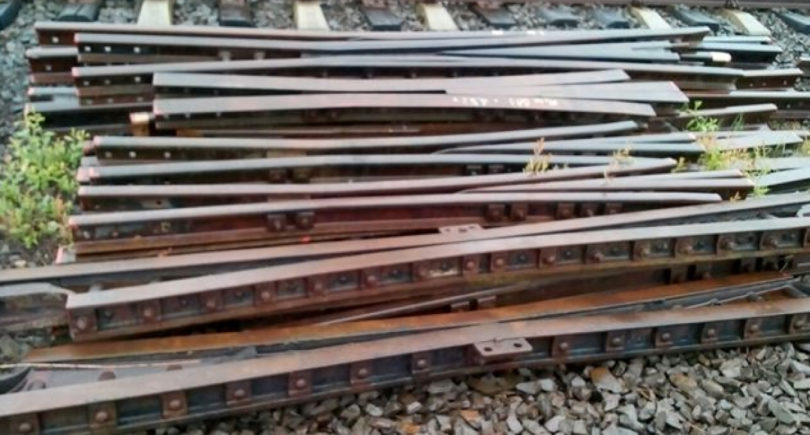
As of April, this goal was achieved by about 591 million tons of capacity
The China Iron and Steel Association (CISA) is confident that 80% of the country’s steel production capacity will complete ultra-low-emission upgrades by the end of 2025, Mysteel Global reports.
This goal was initially set in a relevant official document published in 2019, which launched China’s campaign to promote ultra-low emissions in the steel industry. The standards for steel mills include limits on pollutant emissions throughout the production process, including requirements for raw materials and vehicles.
According to CISA, as of April 20 this year, about 591 million tons of steelmaking capacity belonging to 141 Chinese steelmakers have achieved full ultra-low emissions, and 169 million tons of capacity belonging to another 47 producers have achieved partial emissions.
“We aim for 80% of China’s steelmaking capacity to complete the ultra-low emission work by the end of this year,” said Jiang Wei, vice chairman and secretary general of CISA.
In April of this year, China’s Ministry of Ecology and Environment published for the first time the technical specifications for ultra-low emission engineering of sintering process waste gases in the iron and steel industry. In March, the steel industry, as well as the aluminum and cement sectors, were officially included in the national carbon trading market. The market currently covers more than 500 key emitters in the steel industry.
As a reminder, starting in March, the total volume of carbon dioxide emissions covered in China will reach 8 billion tons, which is more than 60% of the country’s total emissions. Launched in 2021, China’s emissions trading system previously covered only the energy sector, controlling about 5 billion tons of CO2 from more than 2.2 thousand companies.
As GMK Center reported, in 2024, total emissions in China’s steel industry increased by 4.1% compared to 2023. Increased liquidity of blast furnace capacity compared to electric arc furnaces increased emissions in the industry despite a decline in annual steel production.




